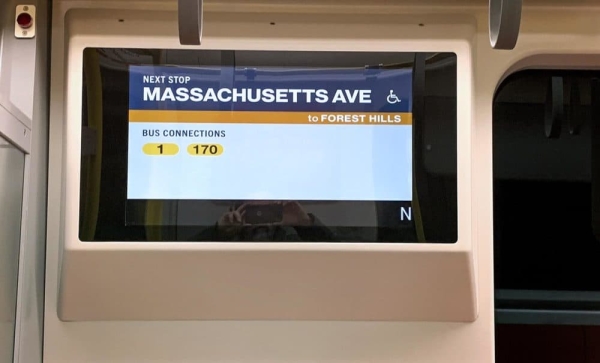WTS-Boston DEI in Motion: Deaf Awareness Month
Bridging the Gap in Transportation Accessibility
Deaf Awareness Month, celebrated every September, shines a light on the unique experiences of the Deaf and hard of hearing community. While the conversation often centers around communication barriers, it is equally important to consider how transportation systems can be adapted to meet the needs of this community. Transportation plays a vital role in fostering independence, and ensuring its accessibility to everyone is integral to promoting inclusivity.

One often overlooked aspect of transportation accessibility is the need for visual and tactile communication methods in public transit systems. Many buses and trains rely primarily on auditory announcements to inform passengers of upcoming stops or route changes. This can be problematic for Deaf and hard of hearing individuals, who may miss important information if it is only communicated through sound. To address this, some transit authorities have created visual displays that provide real-time updates on route information, stops, and delays. [1]
Another important advancement in transportation accessibility is the adaptation of pedestrian push buttons at crosswalks. In the past, these signals relied on auditory and visual cues to indicate when it's safe to cross, which could pose challenges for Deaf and hard of hearing individuals. To address this, many pedestrian push buttons now feature not only visual and auditory cues, but also tactile signals. This button often includes a red light that illuminates when it's time to cross, paired with a vibrating surface that provides tactile feedback. This multi-sensory approach ensures that Deaf and hard of hearing pedestrians receive clear, non-auditory cues, enhancing their safety and independence while navigating busy intersections.
As we observe Deaf Awareness Month, it is important to recognize that creating accessible transportation systems is about more than just meeting basic needs—it is about empowering all individuals to navigate their communities with confidence and independence. By continuing to innovate and prioritize accessibility, we can bridge the gap and ensure that transportation systems serve everyone equally.